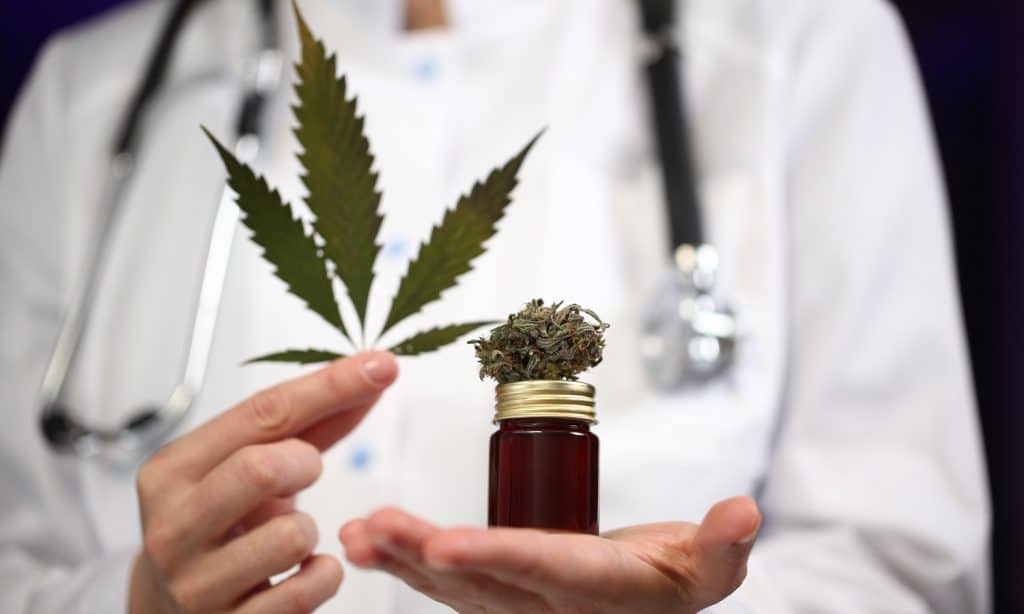How cannabis brands can capture attention with custom packaging
There’s no denying that marijuana is a booming market. After Colorado legalized marijuana in 2014, 147 recreational dispensaries opened in the state that year — a number that grew to 509 by 2018. Six other states have since legalized recreational marijuana. In a word, business is booming.
Within an industry facing such unprecedented growth, cannabis brands are met with big challenges when it comes to differentiation. Hundreds of new brands launch every year. High-profile personalities like comedian Tommy Chong and former boxer Mike Tyson are getting in on the game. Competition is fierce, and many companies are faced with the unique challenge of working to develop a trustworthy and recognizable brand while adhering to stringent state rules.
Chief among these standards (in most states) is securing high-quality cannabis packaging, which refers primarily to food-grade materials and designs that include child-resistant mechanisms. In other words, not just any tube or bag will do. Cannabis products require packaging options that maintain and protect product integrity and freshness while meeting the United States’ and Canada’s safety regulations — particularly, certified child-resistant and ASTM compliant packaging.
But despite the never-ending hoops cannabis brands must jump through, they need to be more than just compliant to be successful in this crowded market. They need to establish brands that stand out and build a following of loyal customers.
So, how does a dispensary establish a stand-out brand? For many, packaging is the best place to start. After all, choosing the right container with the right design is an essential part of differentiating and elevating a brand. “Custom branding, colors, and finishes are what will get people to remember you and your product,” says Stefanie Singer of Greenlane, a full-service, premium dispensary and smoke shop products distributor. “Customizable packaging helps promote that brand awareness.”
Pollen Gear, part of Greenlane’s family of products, is on a mission to make it easier for companies to get the packaging they need while elevating their own brand identities through quality, custom-designed packaging derived entirely from sustainable materials. From the world’s first child-resistant glass jars for cannabis to the patented PopBox and SnapTech containers, Pollen Gear packages are airtight, durable, and lightweight, and can be fully customized with colors, finishes, and logos to convey the right brand look and feel.
“Your brand is not only the design on your package,” Singer adds. “It’s the story you tell.”
That story begins with your brand’s look and feel. Pollen Gear works with companies to identify unique packaging solutions that convey their unique stories, operating as a complete source for customized and compliant containers. This includes distinctive brand-specific labels, colors, and finishes.
“Pollen Gear is proprietary and designed from scratch — nothing in our line is sourced,” says Ed Kilduff, creator and president of Pollen Gear. “Our team of seasoned, award-winning industrial designers had the freedom to create the most sensible solutions as the first movers in the industry at a time when there were only pill bottles and baggies.” Today, Pollen Gear, distributed exclusively by Greenlane, offers a wealth of packaging options, complete with child-resistant certificates for over 40 items and over 100 issued worldwide patents.
This story goes on from there, focusing intentionally on recyclable and sustainable materials. When companies support sustainability, particularly in regards to packaging (a major challenge already detailed in this issue), it can elevate a brand’s relationship with customers from simply transactional to having a shared mission.
In a crowded market, developing a memorable and trustworthy brand identity is no easy task. Just as dispensary owners must earn the confidence of their customers, they themselves must rely on trustworthy partners. When that partner offers an easy, convenient way to obtain customized, compliant, and green packaging solutions, it’s a win-win.

